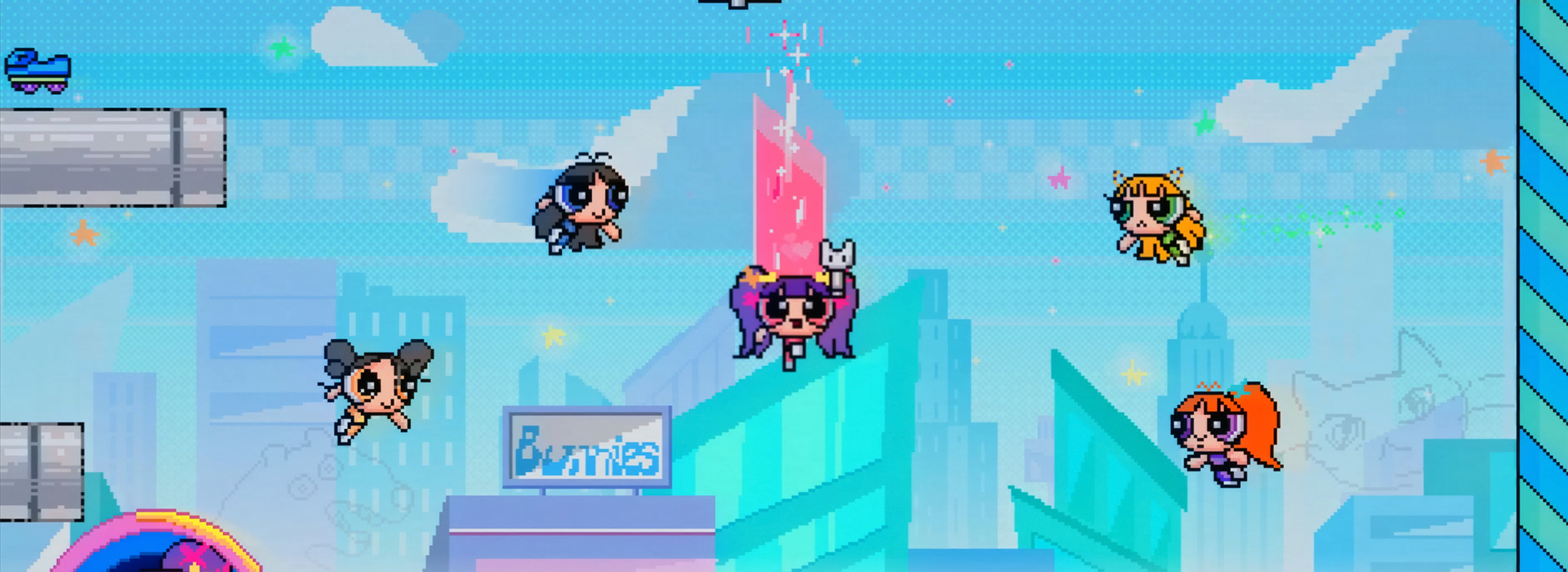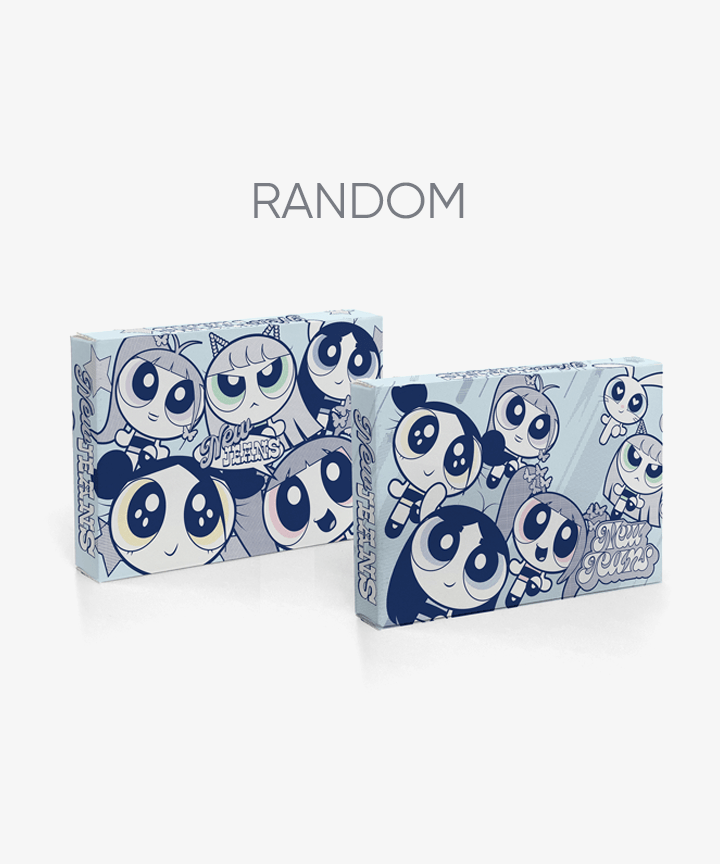
Sugar. Spice. Everything nice.
In the Cartoon Network animated series The Powerpuff Girls, Professor Utonium mixes together these ingredients to make the perfect girls, but he accidentally adds in the mysterious Chemical X, giving birth instead to the super Powerpuff Girls. In the music video for “New Jeans,” the ingredients are replaced with strawberry chocolate and milk chocolate, the girls talk about having the power to talk to plants and fly, and the song begins.
When Powerpuff Girls first aired, there had never been another cartoon like it. Naturally it was different from the anime Korea imported from Japan, but it was even different from the American cartoons shown on EBS and cable networks. Even as recently as the early 2000s, American cartoons where all the main characters are girls were hard to come by. Kids were drawn to the clean, simple animation style and the perfect combination of vivid colors. But more than anything else, watching the cute little girls beat the bad guys into submission felt great—even cathartic. It was a never-before-experienced feeling. Just because they’re made of sugar, spice and everything nice doesn’t mean that girls can’t pack a punch— just like us girls in the real world. It was that carefree attitude that led girls the world over to fall in love with The Powerpuff Girls.
The same goes for NewJeans. When NewJeans first debuted, people were shocked—in a good way. There stood five girls with natural black hair, minimal makeup, platform shoes and baggy pants. It turns out you don’t have to wear loud clothes and in-your-face makeup just because you’re an idol. They also sang in a natural-sounding way, free of embellishment, with minimalist melodies (even in the choruses!) and kept the choreography simple and expressive. Just like the popularity of The Powerpuff Girls, NewJeans became a sensation with songs like “Attention,” “Hype Boy,” “Ditto” and “OMG” thanks to keeping the teenage girls real, not in spite of it.
That’s what makes the Powerpuffization of NewJeans in the “New Jeans” music video feel so natural. Everything the NewJeans members do feels right at home in the Powerpuff Girls world and they take to the sky as comfortably as they might a familiar pair of jeans. It’s all possible because both NewJeans and the Powerpuff Girls advocate just being yourself. There’s more overlap, too: Like NewJeans in the real world, the Powerpuff Girls become as popular as idols in their own world. There’s also a supporting character named Bunny in the cartoon—nearly the same name as the fandom character Bunnies that appears later in the “New Jeans” music video.
It might seem like an obvious matchup: a group whose mission statement is to become the icon of a generation like jeans we keep coming back to every day and never tire of wearing—and who actively draw from Y2K fashion—and the beloved pop icons whose cartoon first started airing in 1998. But the collaboration between the cartoon characters and the idols in “New Jeans” goes beyond simply mashing up two groups of well-known faces. NewJeans has made the Powerpuff Girls trendy again, stirring up nostalgia for the older generation while setting Gen Z down a path where new meets retro. And isn’t creating something more than the sum of its individual parts the whole goal behind any collaboration?


Unauthorized reproduction and distribution prohibited.